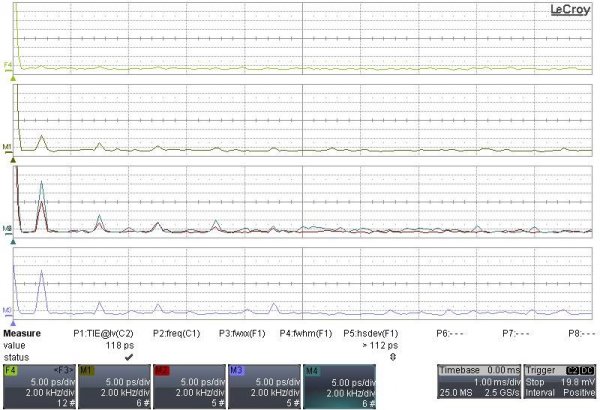I bet you think there is no connection between room/speaker resonances and other types of distortions like jitter. But there is!  Read this article I wrote for the Widescreen Review Magazine which talks about how the two share common characteristics in their audibility although not remotely in any obvious manner: Audibility of Small Distortions http://www.madronadigital.com/Library/AudibilityofSmallDistortions.html
Read this article I wrote for the Widescreen Review Magazine which talks about how the two share common characteristics in their audibility although not remotely in any obvious manner: Audibility of Small Distortions http://www.madronadigital.com/Library/AudibilityofSmallDistortions.html
The article drills into a methodical way we can determine the level of inaudibility based on mathematical analysis and relating that to our hearing threshold.
As usual, comments, suggestions and criticism is all welcome .
.
The article drills into a methodical way we can determine the level of inaudibility based on mathematical analysis and relating that to our hearing threshold.
As usual, comments, suggestions and criticism is all welcome




